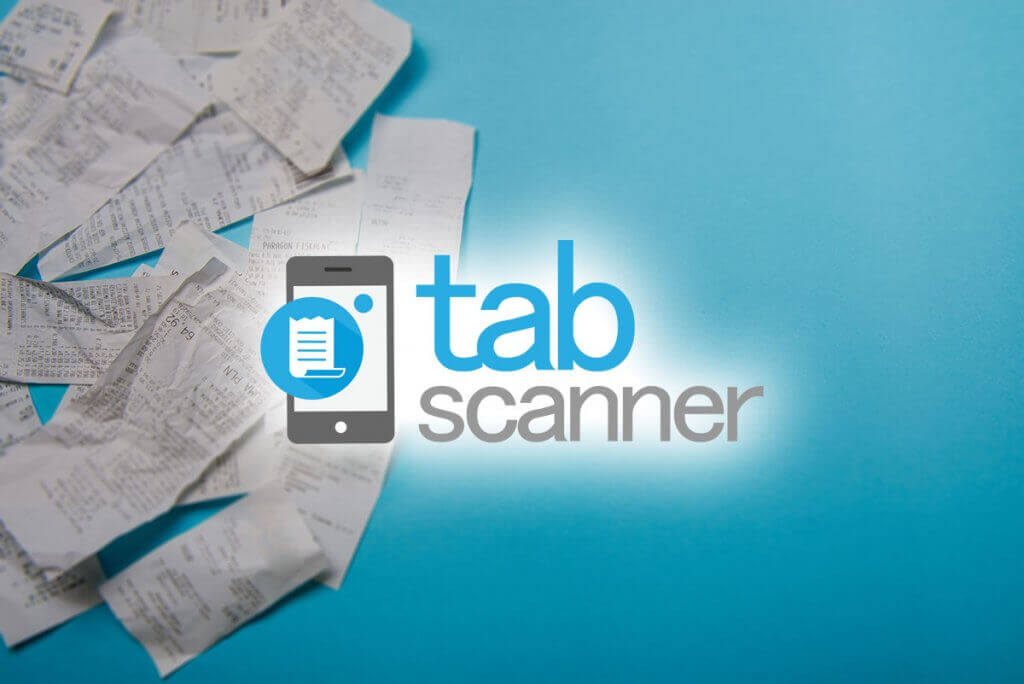Last Updated on January 9, 2025
Covid-19 has been a wake-up call for companies to embrace digital transformation. Businesses leaders across a diverse range of sectors view it as the only way to manage their operations in an increasingly socially distanced world.
However, business continuity is impossible without the right technological infrastructure. Implementing new initiatives has been the highest priority for businesses over the last twelve months.
In such a rapidly evolving technological and commercial environment, the challenge for business owners has been to balance what’s best for their business whilst delivering a customer experience that converts customers into advocates whilst keeping employees happy.
Now, if there has been any clear consequence of the socially distanced world we’ve all been living in over the last 12 months, it has been the accelerated digital transformation. Now, as broad a topic as digital transformation is – and as specific as it is to each sector – there is one thing that cannot be ignored: without optical character recognition digital transformation will fail.
Want to know why? Keep reading to find out more.
OCR Is Essential to Data Analytics
Ask any business director and they’ll laud the importance of data analytics. The vast hordes information a business has contains current, historical, structured, and unstructured information – all of which is a veritable treasure trove for decision-making.
Data can identify behavioural patterns, commercial trends, customer preferences, and a mountain of other intelligence that can inform decision making. So large is many business’ data that it’s far too big for manual processing – enter optical character recognition software. By harnessing OCR, businesses can gain a statistical advantage and the more data businesses have at their disposal, the greater their advantage.
In short, enterprise grade OCR gives businesses the opportunity to gain vital insights, unlocking inaccessible data, converting forgotten or unusable text into searchable, readily analysed text documents that can help businesses to make better decisions.
OCR Identifies Regulatory Risk
In today’s digital world, one of the most common concerns businesses often cite is the risk of cybercrime and data misuse. Safeguarding private corporate information, including financial and personal data has become intrinsic to operations. This is the reason why so many companies now have GDPR policies.
Whilst the benefits of digitising such information are obvious, storing such data does carry some regulatory risks. To reduce these risks, businesses must take appropriate measures to identify and protect their data accordingly.
Optical character recognition API integration allows businesses to not only safely protect the data affected by compliance regulations but access it accordingly when they need to promote corporate transparency.
OCR Can Streamline Operations and Pave the Way for Wholesale RPA Adoption
If you’re in the know, you’ll likely be aware of RPA (robotic process automation). A rules-based operational process, RPA allows businesses to use software to perform tasks that otherwise would be done with employees.
Now, as we move beyond sparing use of receipt optical character software and towards robotic process automation, OCR technologies will be increasingly relied upon to streamline operations, save time, and ultimately cost. This allows employees to concentrate on more important areas of their roles and can give businesses the opportunity to invest in other areas of their operations to increase the services they offer, reputation and so much more.
Now, the success of company-wide RPA adoption largely depends on a business having access to clean, accessible data from technology that can learn and run processes without a hitch. Therefore, the importance of RPA largely depends on how good the optical character recognition API employed is.
OCR Accelerates Innovation
When was the last time that you thought to yourself, ‘well, nothing much as really changed lately, tech is still the same?’ If you have your fingers on the pulse of all thing’s technology, the answer is never. Technological innovation hasn’t stood still for decades. If anything, it has been accelerating at an exponential rate.
Unstructured data formats provide clues that can help businesses to identify new products and services, reducing any R&D phase, allowing businesses to bring products and services to market faster – and in today’s digital world this can be pivotal to success.
This idea is best illustrated by the global management and consulting firm, McKinsey who upon analysing the healthcare system in the US found a $100 billion annual gain potential by better leveraging and integrating data from previous and existing clinical drug trials.
On a smaller scale, businesses who implement receipt optical character recognition API can gain vital customer insights including, information on their most popular products or services and demographic insights. This can then inform marketing campaigns, allowing for a better ROI on all future campaign activities.
OCR Improves Customer Experience
If you hear one phrase bounded around more than any other in contemporary marketing conversations, it’s likely to be ‘customer experience’ – and for good reason.
Times past have seen a single source of data being the primary insight that businesses have into their customers. Think a phone call, email exchange, or in-person communication. Whereas this is all well and good, it’s not exactly comprehensive.
Singular experiences mean that there’s a good chance that not all of the information communicated will be recorded. Important, essential details may not be recorded in a database, be inaccessible to other departments, or not be actionable. These missing links devalue the overall customer experience.
Make optical character recognition an essential step in the process of developing unified customer information and you can make sure that colleagues across different departments have all the data they need to deliver foremost levels of customer experience at every customer touchpoint.
Digital Transformation Will Fail Without Optical Character Recognition
It’s all well and good to be a business that embraces digital transformation, but without the technology needed to clean essential data, you’re not optimising your digital transformation.
With the whole point of digital transformation being to optimise operations, why wouldn’t you employ optical character recognition software to help your business maximise the entire process?





